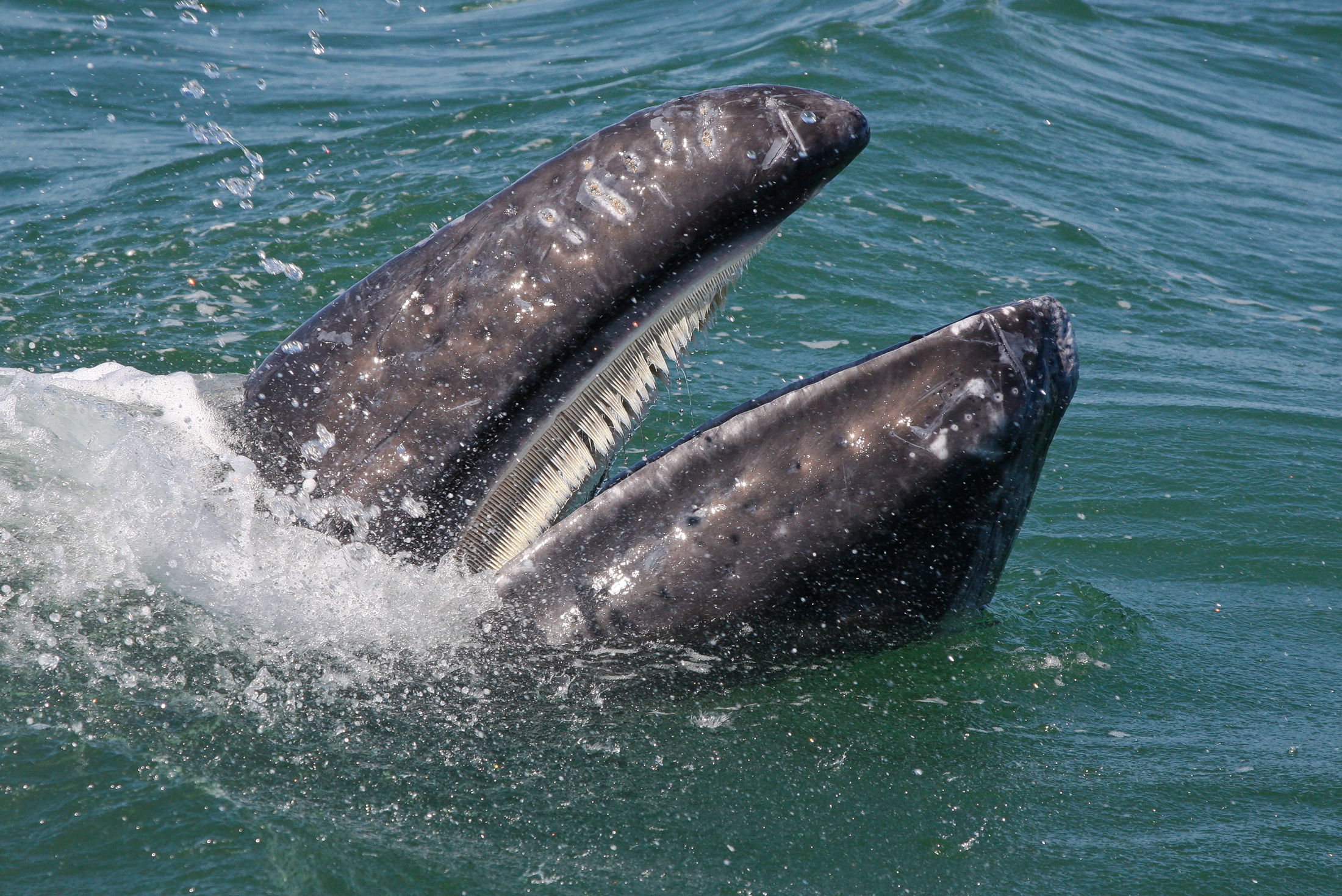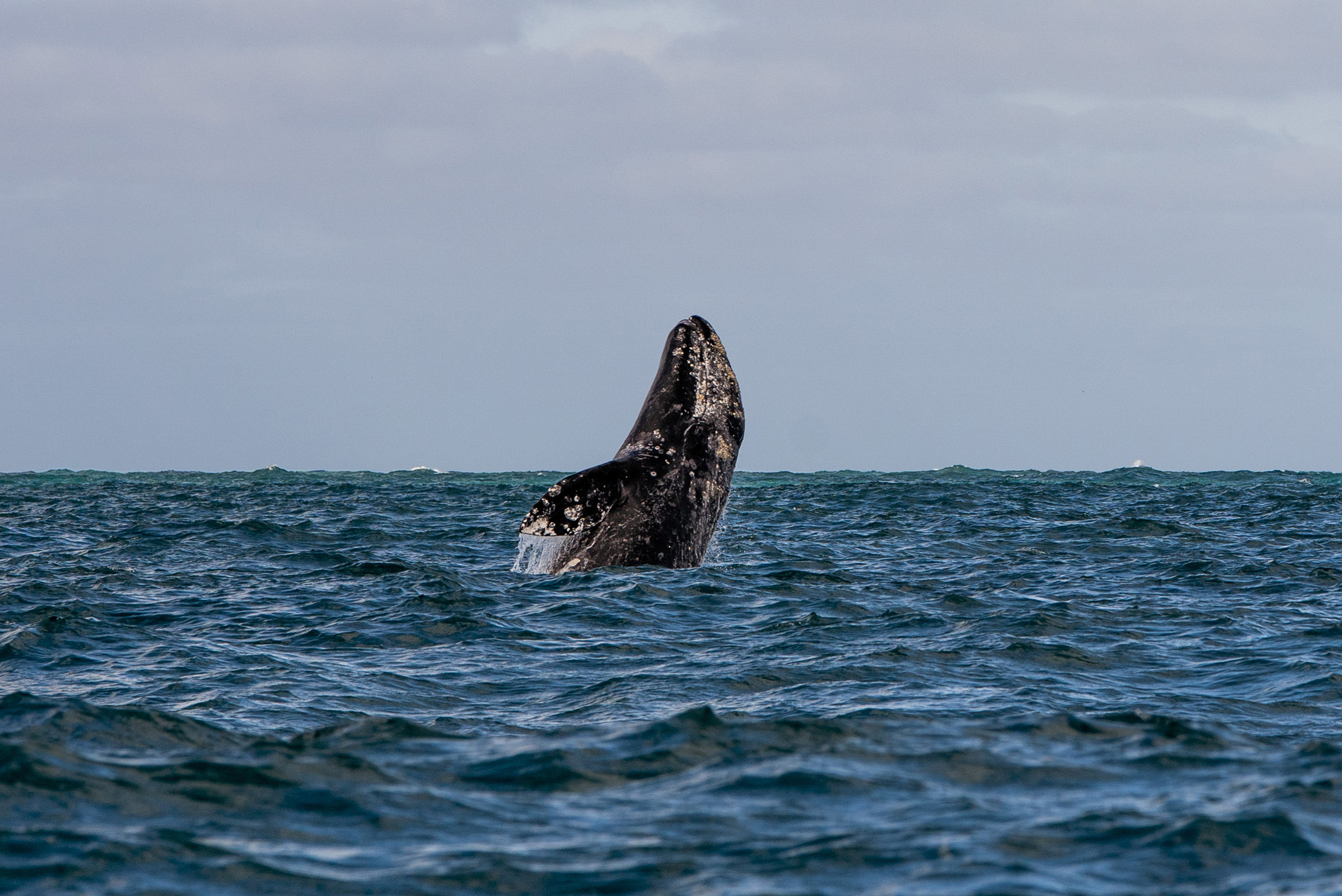
What Do Gray Whales Eat, Anyway?
Gray whales are often on the move, annually migrating along the length of the West Coast, traveling from their summer feeding grounds in Alaska to their winter breeding grounds in the warm waters off Baja, Mexico, and back again.
Whale watching is a favorite pastime here, at the Oregon Coast, and many visitors at The Fireside Motel are lucky to glimpse the migrating gray whales from their oceanfront rooms in the spring and winter. Gray whales are also visible at many other locations along the coastline.
For many of these 90,000-pound mammals, this nearly 10,000-mile, round-trip migration is all about getting there, rather than eating. Gray whales do the bulk of their eating at their Alaskan feeding grounds, where they devour tons of their favorite amphipod crustaceans, and then mainly live off their fat reserves during migration. The Artic feeding grounds in the southern Chukchi Sea and the northern Bering Sea teem with these shrimp-like amphipods in concentrations of about 12,000 to 20,000 per square yard on the sea floor. That’s a lot of food!
Gray whales are baleen whales, with fringed plates, or baleen, as part of their upper jaw. The baleen act as sifters, allowing the whale to gulp large amounts of food-rich oceanwater, then push the water back out through the baleens to leave behind the food that’s often so small it’s invisible to the human naked eye.
Unlike other baleen whales, gray whales are mainly bottom feeders, getting their food by scraping the side of their head along the ocean floor and scooping up sediment that’s crawling with those small invertebrates they love. The gray whales expel the sediments and water through the baleen, while the invertebrates remain trapped behind for the whale to ingest. Each gray whale eats about 1.3 tons of food per day during feeding season.
Not all gray whales stick to the migration route. Some drop off the route and feed along the Oregon Coast on mysids (another shrimplike creature that lives in kelp beds) and plankton, among other tiny, nutrient-dense ocean creatures. You may see gray whales also eating plankton, when they skim-feed at the surface, their upper jaws visible. During migration, gray whales will also snack on squid, krill, ghost shrimp and crab larvae.
How to spot a whale? Look close to the shore and across the horizon, watching for anything that breaks the water’s surface, including a spray of water as they exhale, tail flukes or just their backs breaking the surface. And don’t forget to pack your binoculars. With that handy tool focused on the ocean, you’re likely to see whales in action as they move along the coastline.

Plankton on the Ocean’s surface

Gray Whale Breaching
FLORA & FAUNA
